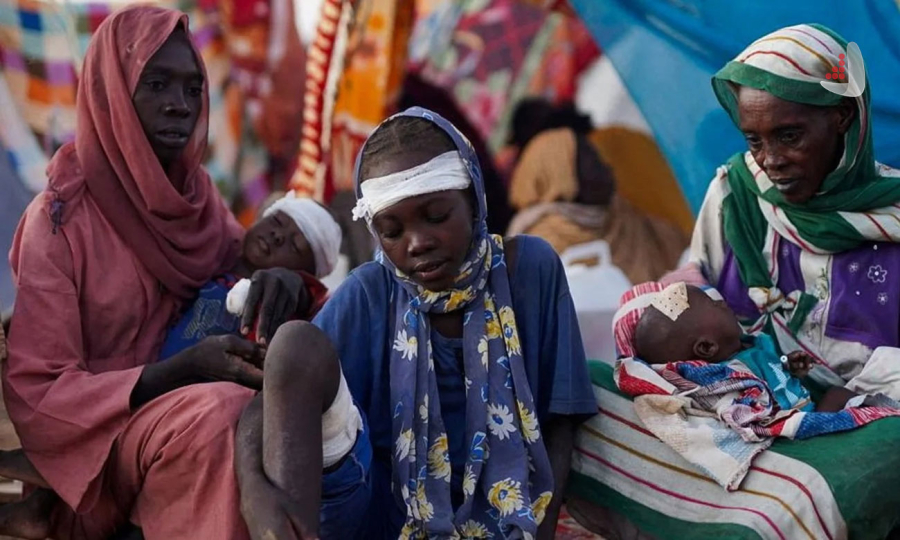Since the Sudanese Armed Forces and the Rapid Support Forces entered a fierce confrontation in April 2023, the country has effectively transformed into a prolonged battlefield marked by structural collapse — a war that now targets ordinary civilians more than ever. What initially appeared to be a manageable crisis has evolved into a full-scale nightmare for the people of Sudan.
The first major mistake was the failed attempt to integrate the Rapid Support Forces into the official army — a plan meant to unify the security structure but one that ultimately deepened the divide between the two sides. This incomplete process allowed the RSF to grow into an independent and powerful entity pursuing its own political and economic interests.
The second critical error was neglecting the country’s long-standing structural tensions — conflicts rooted in competition over natural resources, deep economic inequality, and rivalries among political elites. The rush to control gold mines, farmland, and other essential assets escalated mistrust and hostility to a point where any spark could ignite a war — and eventually did.
The results of these failures are evident in the collapse of Sudan’s essential institutions: millions displaced, a devastated healthcare system, widespread disease, severe hunger, and a complete halt in educational activities. Today, Sudan’s economy, infrastructure, and governance are in the weakest condition seen in its modern history.
At present, no clear path toward peace or recovery is visible. The absence of a unified national strategy for rebuilding security and economic stability — combined with the involvement of regional actors and armed groups — has made resolving the crisis even more complex. Sudan’s current catastrophe is not merely the product of a civil war but the outcome of a chain of structural flaws, mismanagement, and relentless competition for power and wealth.

